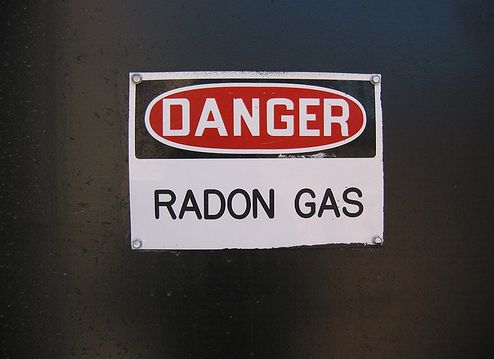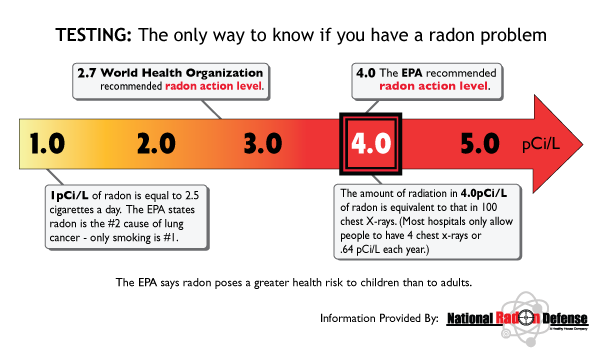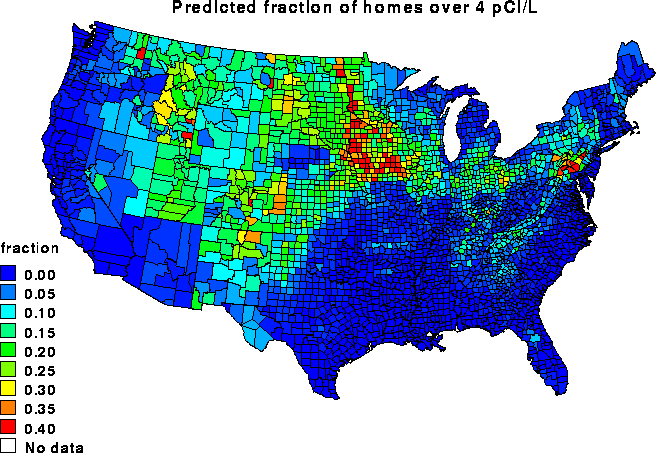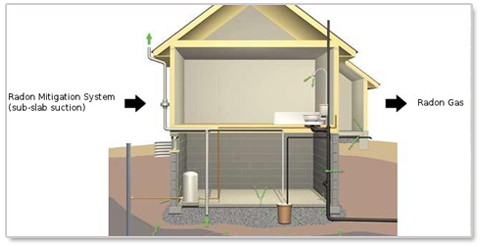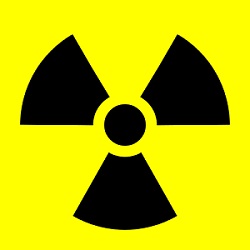Be On The Lookout For Radon In Your Home & School District
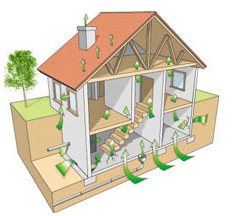 As this past January was Radon Action Month, many Iowa homeowners have tested their homes for radon and taken action against it. Not only did homeowners participate in this stand against radon, but the Keokuk Community School District decided to join in as well. In the state of Iowa, it is only required for 4 year old preschools to have radon testing done every two years, but Keokuk decided that it is equally as important to test for radon in every classroom and school facility. Your home may be the number one cause of radon exposure, but what you may not know is that school buildings are a close second. That being said, it is extremely important for Iowa school districts to be aware of radon exposure and do the best they can to protect their students.
As this past January was Radon Action Month, many Iowa homeowners have tested their homes for radon and taken action against it. Not only did homeowners participate in this stand against radon, but the Keokuk Community School District decided to join in as well. In the state of Iowa, it is only required for 4 year old preschools to have radon testing done every two years, but Keokuk decided that it is equally as important to test for radon in every classroom and school facility. Your home may be the number one cause of radon exposure, but what you may not know is that school buildings are a close second. That being said, it is extremely important for Iowa school districts to be aware of radon exposure and do the best they can to protect their students.
Where Does Radon Come From?
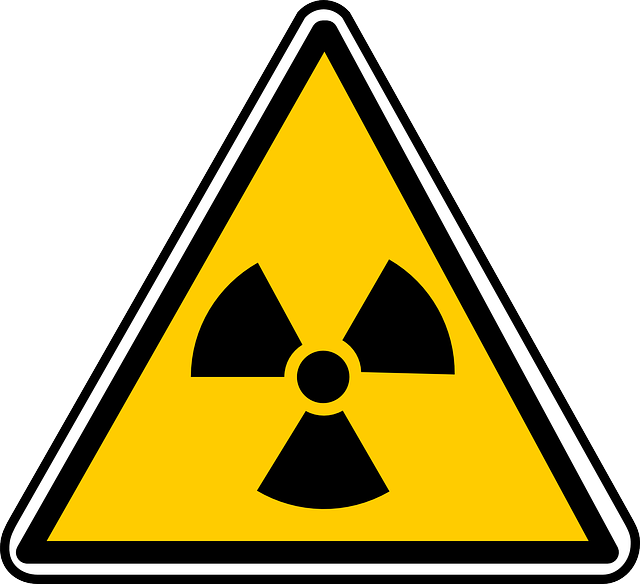 Most people are aware that radon is a dangerous radioactive gas that can be found trapped inside of buildings, but where does it come from? Radon’s ultimate source is uranium, which can be found in any type of rock. The radioactive decay of uranium produces radium, which then produces radon. Since radon is a gas, it is extremely more mobile than it’s parents, uranium and radium, which are contained in the solid matter of rocks and soil. This radioactive gas can escape from the soil into buildings through differences in air pressure, cracks in foundations, and permeability around basement walls. It can also be released through aerated and processed water sources, but this occurrence is less likely to happen.
Most people are aware that radon is a dangerous radioactive gas that can be found trapped inside of buildings, but where does it come from? Radon’s ultimate source is uranium, which can be found in any type of rock. The radioactive decay of uranium produces radium, which then produces radon. Since radon is a gas, it is extremely more mobile than it’s parents, uranium and radium, which are contained in the solid matter of rocks and soil. This radioactive gas can escape from the soil into buildings through differences in air pressure, cracks in foundations, and permeability around basement walls. It can also be released through aerated and processed water sources, but this occurrence is less likely to happen.
Unfortunately, the presence of radon is inevitable since it comes from a natural source. This dangerous gas is the leading cause of lung cancer deaths among nonsmokers in the USA, so as you can see, it is extremely detrimental to our health and environment. Testing for radon and being aware of it’s presence is the first step that every homeowner and school district should take. Once you know what the radon levels are in your environment, you can take the next steps in removing it from your facility.
Getting Rid Of Radon
Ameriserv Radon offers radon mitigation, which ultimately removes radon from your facility. To do this, we can install a radon mitigation system that will redirect radon gas out of your home or school building. One of the solutions that we offer consists of drilling a hole in the foundation and creating a suction point. Then, a PVC pipe is installed and used as a vent for the radon gas to be eliminated. To allow air to flow in the right direction, a fan is connected to this system, which runs continuously.
Be sure to call Ameriserv Radon for all of your radon testing and mitigation needs in Bondurant, IA and surrounding areas. We are the professional team that you need to keep radon away from your school building. Call us today!
 Our Response to COVID-19
Our Response to COVID-19 

